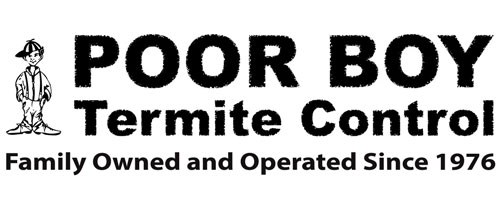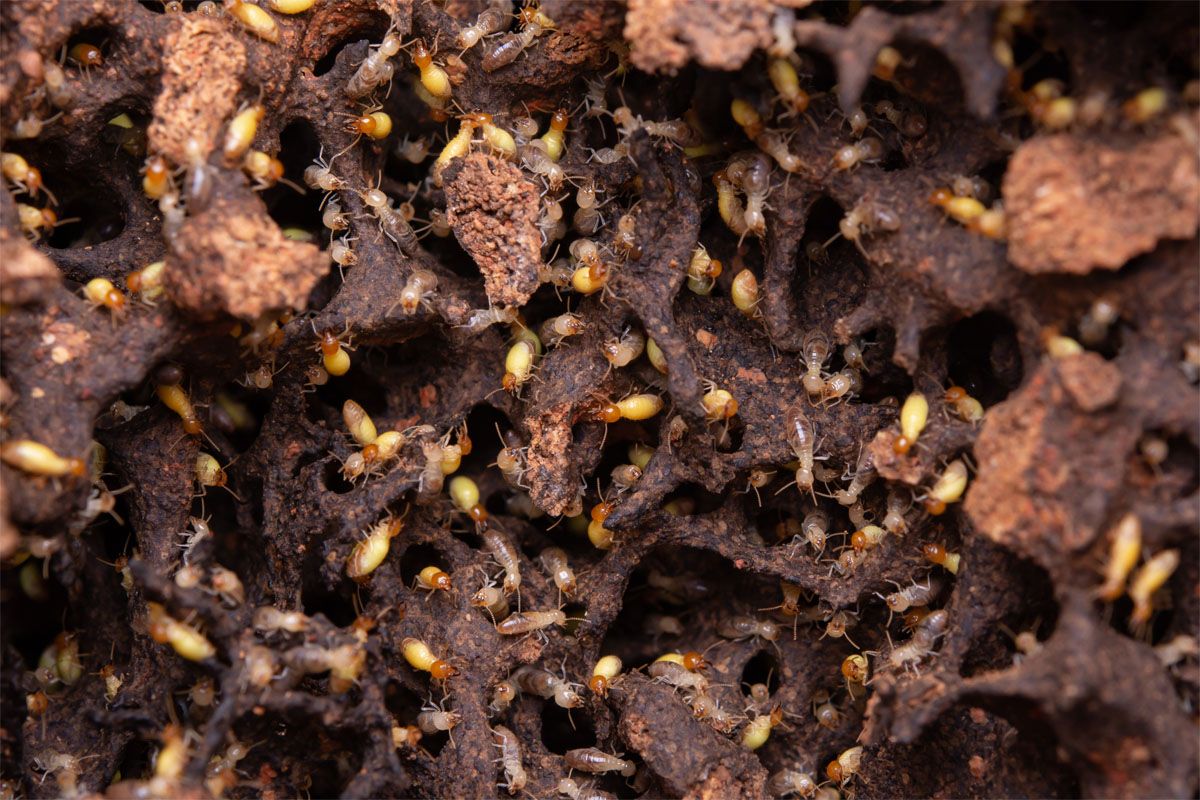How big are subterranean, dampwood, drywood, and formosan termites? Let’s take a look at all the factors impacting the size of these termites.
Termite Sizes
When left untreated, termites can be the cause of tremendous damage to your home. These wood-boring pests flourish deep within your home and its foundation, progressively eating away at its core, unseen. Continual prevention is your best option when it comes to termites since most homeowner insurance policies don’t cover termite damage.
There are four primary groups of termites that can impact your home: subterranean, dampwood, drywood and formosan termites.
Subterranean Termites
Named because of their preference to build their nests underground, subterranean termites usually enter your home from areas in which wood comes contacts with the ground, when they squeeze through cracks as small as couple of sheets of paper or by utilizing the mud tubes, they create to go from their underground nest to infest wood in the home.
These termites will range in size, typically between 1/8-3/8 of an inch. Soldier termites are usually bigger within this termite type.
Dampwood Termites
A lot larger than their subterranean equivalents, dampwood termites display very large pincers on their heads, that are used for fighting off predators. As the name imparts, they have a preference to create colonies in moist or decayed wood with high moisture levels and moist wood contacting with the ground like logs and stumps.
These termites usually do not create their nests in the ground and do not create mud tubes. These termites consume the wood with the grain when their wood source is solid but consume wood against the grain when their wood source is decaying or is decayed. Typically, dampwood termites aren’t as disastrous as subterranean and drywood termites.
Dampwood termites are the largest species found in the U.S. From soldiers to reproductives, these termites can measure anywhere from 1/2-1 inch long.
Drywood Termites
Drywood termites do not need contact to the ground in order to flourish. They are known to wander up to a mile to locate a home and will develop a colony anywhere they can find a preferable source of wood. These termites require less moisture than either dampwood or subterranean termites to thrive and can usually be located in attics in which they infest the structural wood. Other items they could infest comprises of dying or dead shrubs and trees, electricity poles, furniture, and fences.
The drywood worker termites are only about 3/8 of an inch in length. The king generally measures around half an inch long and the queen is not as big as those found within other termite species.
Formosan Termites
Originating from China, Formosan termites are the most insatiable, aggressive and devious of over two thousand termite species known. These termites are structured into massive underground colonies and create complex mud nests inside the walls of a structure. Due to their hostile nature, Formosan termites are challenging to control after they infest a structure.
When compared to domestic subterranean termites, they are usually 10-20% larger overall. This ultimately means their nests will also be much larger, according to PestInformer.
Factors Determining Termite Sizes
Oftentimes, these factors come into play when trying to determine termite sizes, including food, age, and environmental factors. Queens and kings are always the largest-sized termites found in a colony. Their width will depend on species and food quality.
The best way to properly identify a termite is by its length. The presence or absence of wings will, of course, affect the overall width of the termites.
Termite Egg Size
The queen lays thousands of eggs each and every year. These eggs are usually in clusters and about the size of a dot. In most cases, you will need to use a magnifying glass to see them properly. In about three weeks’ time, the size of the egg increases as it develops.
Larva Size
In regard to the termite larvae size, they are usually so small that it is difficult to pick out a single larvae. They are usually around a tenth of an inch in length. The legs, arms, and heads can be identified at this time.
Termite Control Phoenix Metro Area
Poor Boy Termite Control can solve all of you termite issues. We only deal with termites as the name implies. We use thermal imaging, with no drilling or guessing. At Poor Boy Termite Control we detect termites and treat them. If you have a termite infestation, Call Poor Boy Termite Control at (480) 994-4240 and schedule an appointment before the problem gets worse!







